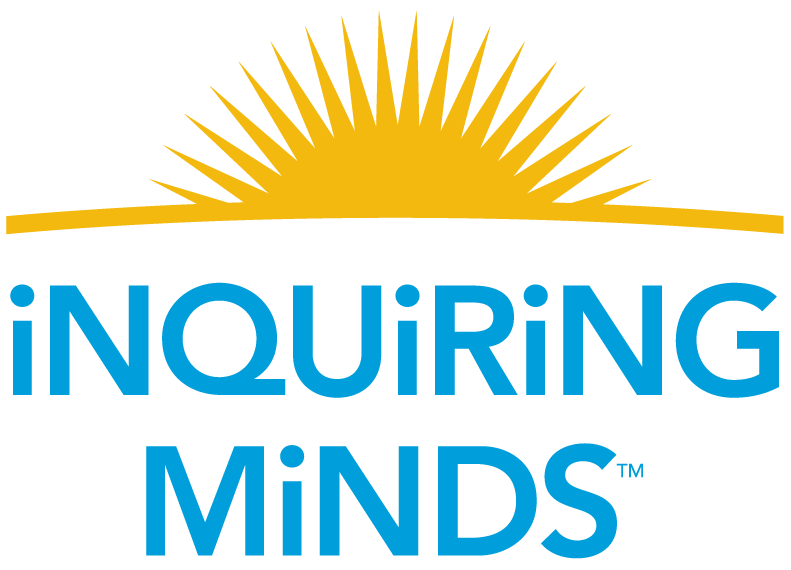Frameworks and Arcs: What We Heard from Teachers
Inquiring Minds surveyed hundreds of teachers about the implementation of the C3 Framework and use of the Inquiry Arc in their classrooms at the 2013 NCSS National Conference, which was attended by 3000 social studies educators.
Our analysis shows that many teachers are excited, curious – and more than ready – to make the shift to C3. Educators expect this to result in more engaged learners with increased critical thinking abilities.
We asked teachers to fill in our "Madlib" (shown above, see Fun Stuff for a downloadable PDF).
After "I will know the C3 Framework is successful and really working when my students…" many answered something like:
"...can teach each other."
"...can express themselves in their own way."
"...and I seamlessly connect."
We also heard loud and clear that educators will need time, guidance, resources and materials in order for C3 to become a reality. They added real life examples that reinforce that teaching C3 in the classroom will be enormously helpful in furthering the development of active citizens.
We are now surveying the professional development programs designed to promote collaborative learning and facilitation based instruction. We would also like to hear from social studies educators about lessons, projects, resources and tools. Stories and lessons learned are also very helpful. Send us the good, the bad and the surprising!

